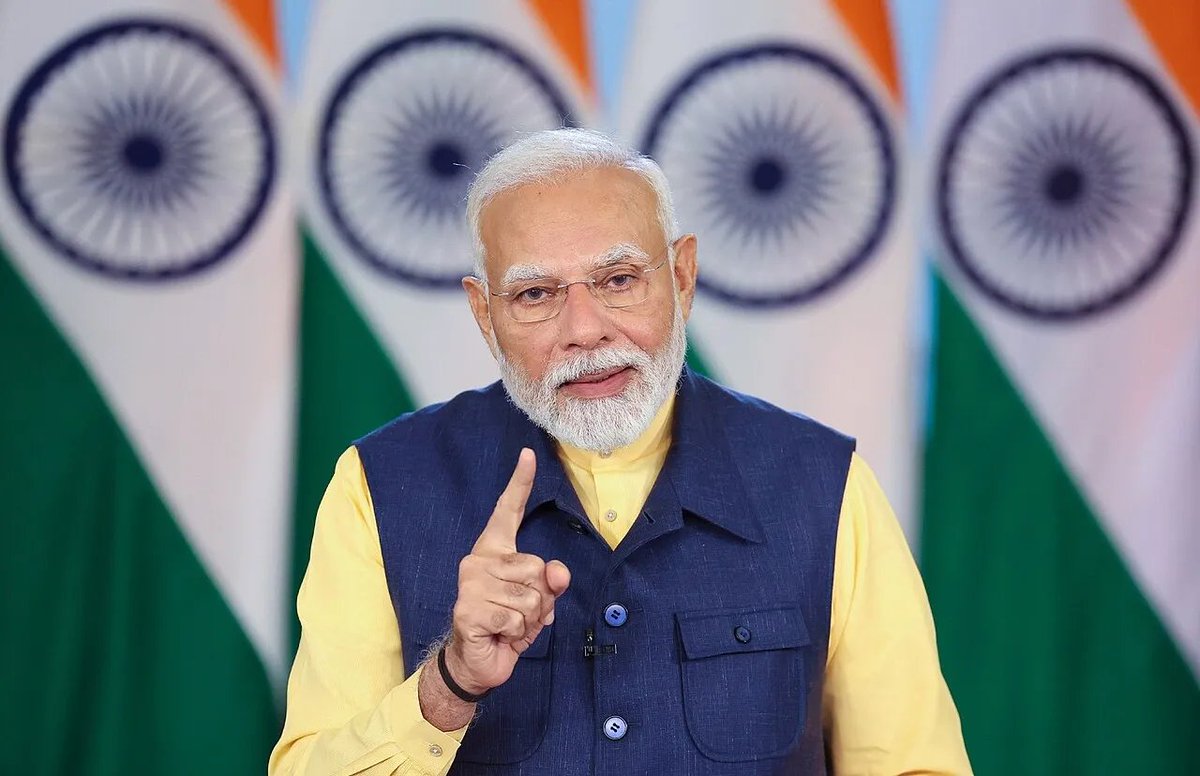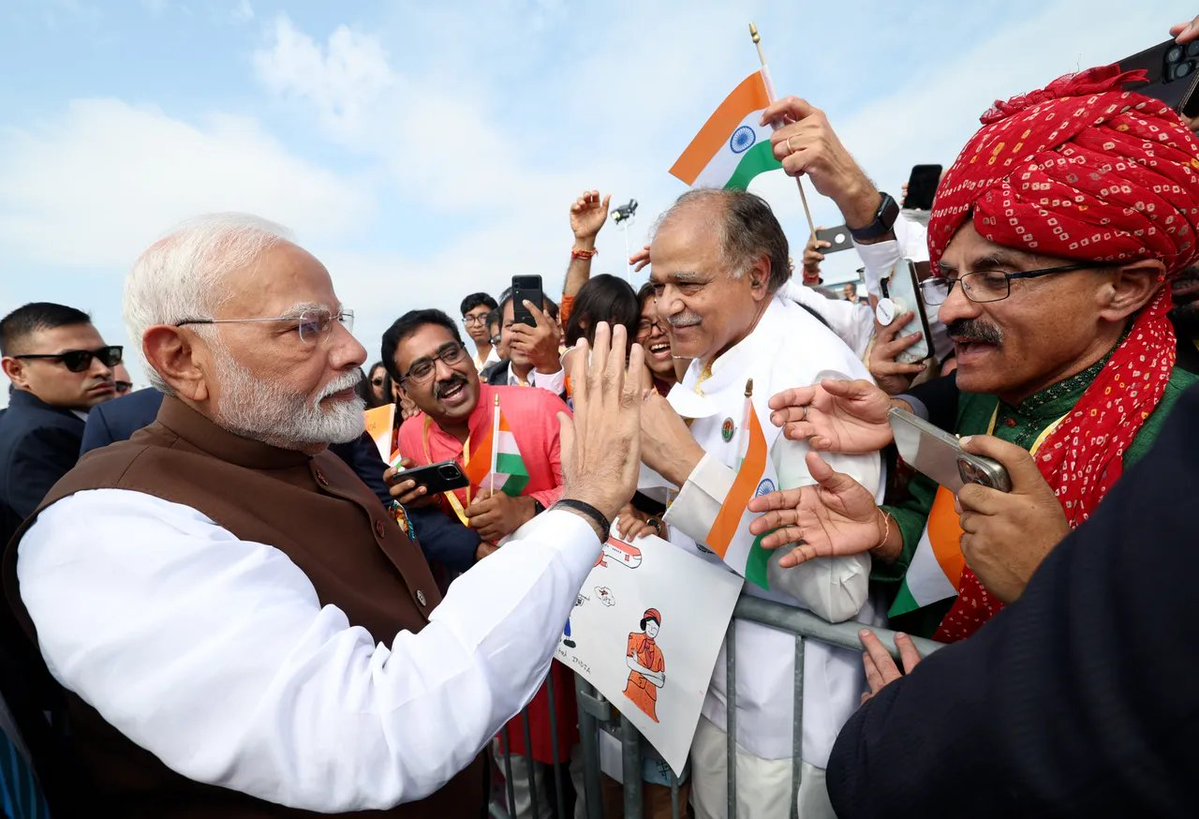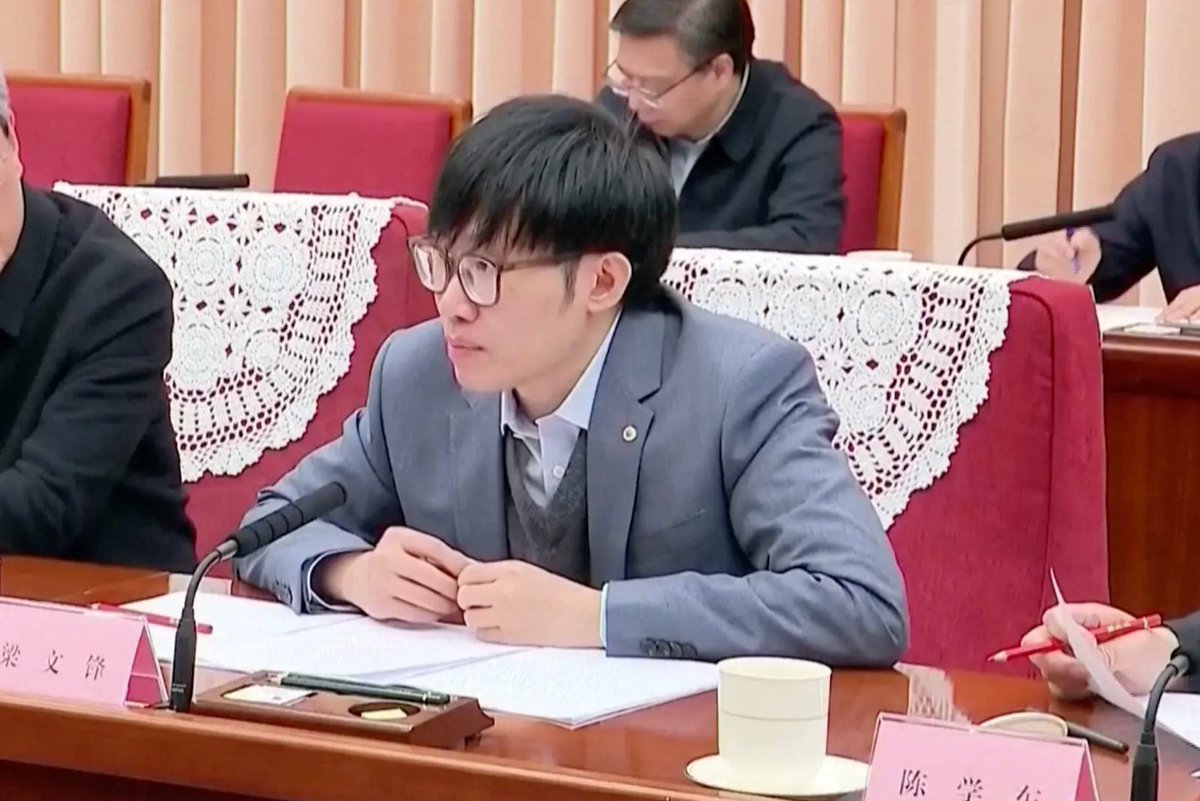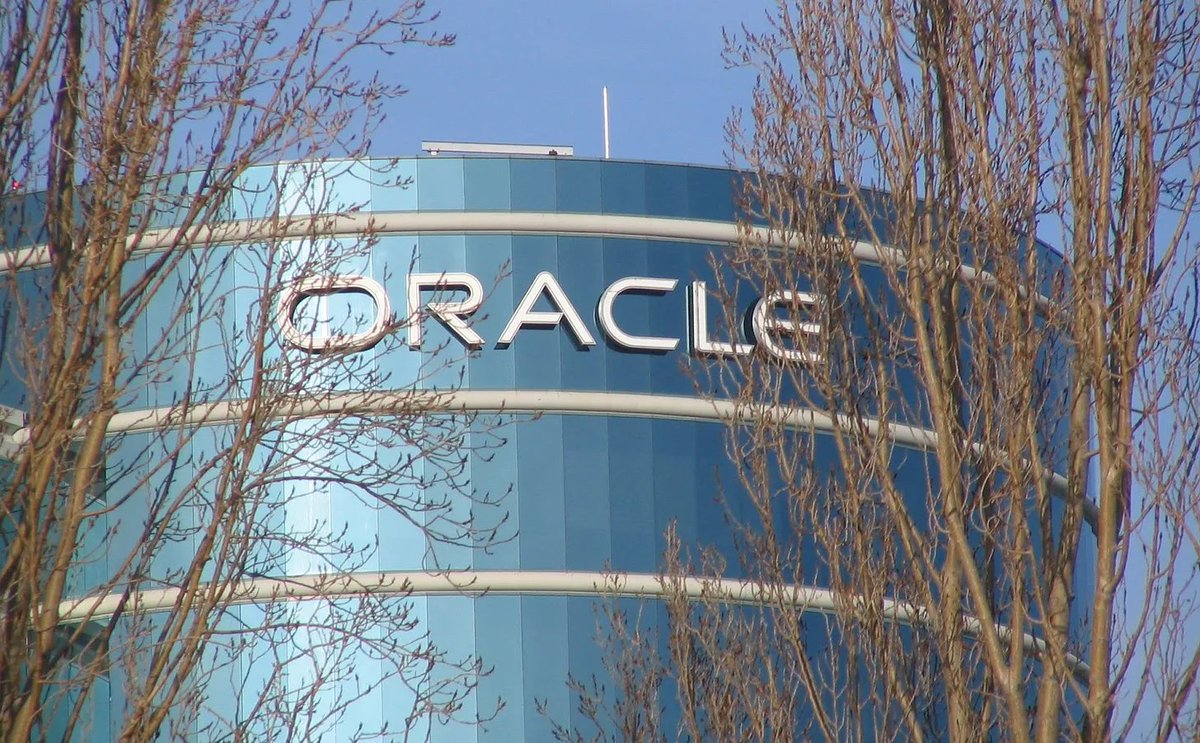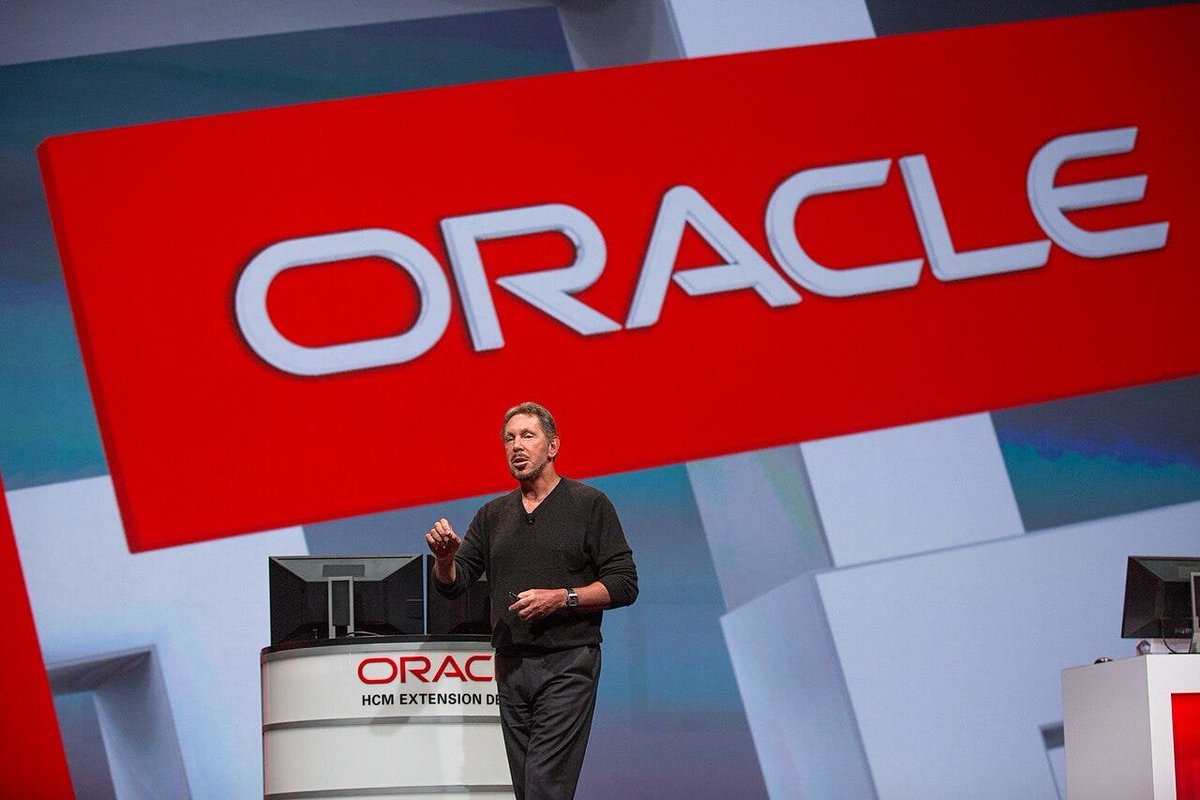One of our most important Briefs so far.
How does a family dynasty keep control of a powerful public institution in an ideological environment that is largely hostile to dynasties?
The Sulzberger family uses three tools.
Thread:
1/n
How does a family dynasty keep control of a powerful public institution in an ideological environment that is largely hostile to dynasties?
The Sulzberger family uses three tools.
https://twitter.com/SamoBurja/status/1620844011924905984
Thread:
1/n
First: legally-binding agreements. The NYT Company is public, but has a dual-class stock structure.
Class A shares select 30% of the board of directors and are publicly traded.
Class B shares select 70% of the board. They, however, are 94% owned by a family trust.
2/n
Class A shares select 30% of the board of directors and are publicly traded.
Class B shares select 70% of the board. They, however, are 94% owned by a family trust.
2/n

The Ochs-Sulzberger Family Trust owns basically all Class B shares. It also can’t really sell them.
Per a 1986 agreement, any Class B shares sold outside the family would be automatically converted to Class A shares.
The trust is run by a committee of eight family members.
3/n
Per a 1986 agreement, any Class B shares sold outside the family would be automatically converted to Class A shares.
The trust is run by a committee of eight family members.
3/n
As a result: eight Sulzbergers run a trust, which owns 94% of the Times’ Class B shares, which selects 70% of the NYT board of directors.
This arrangement is enshrined in the NYT’s incorporation certificate. A. G. Sulzberger is, naturally, one of the trustees.
4/n
This arrangement is enshrined in the NYT’s incorporation certificate. A. G. Sulzberger is, naturally, one of the trustees.
4/n

In America, you can give your family a dynastic birthright over a newspaper. It just takes some imagination and clerical creativity.
While this cuts against the spirit of popular meritocracy, it is perfectly legal. It may, however, come under other kinds of attacks.
5/n
While this cuts against the spirit of popular meritocracy, it is perfectly legal. It may, however, come under other kinds of attacks.
5/n

This leads to the second tool: the family studiously avoids the appearance of dynastic succession.
Many examples here. The family’s private holdings of Class A stock are, naturally, not heavily advertised.
6/n
Many examples here. The family’s private holdings of Class A stock are, naturally, not heavily advertised.
6/n
The official purpose of the family trust is to “maintain the editorial independence” of the Times. If the Times could be bought, then its front page could be bought.
This equates editorial independence with ownership by the Sulzberger family by design.
7/n
This equates editorial independence with ownership by the Sulzberger family by design.
7/n
Most notably, not a single Sulzberger in a prominent position at the NYT joined the company before the age of 27.
Every single one of them began their careers outside the Times. Most, including A. G. Sulzberger, in local journalism!
8/n
Every single one of them began their careers outside the Times. Most, including A. G. Sulzberger, in local journalism!
8/n

By starting their careers outside the Times, the Sulzbergers build up the skills, experience, and networks that, should they later join the Times, can be effectively used to negate accusations of nepotism or favoritism.
They become professionals just like anyone else.
9/n
They become professionals just like anyone else.
9/n
Both professionalism and journalistic ethics are social technologies the family uses to protect itself.
After all, it is unprofessional to accuse a colleague of nepotism, merely for being born in the wrong family. Or to fault that family for valuing editorial independence!
10/n
After all, it is unprofessional to accuse a colleague of nepotism, merely for being born in the wrong family. Or to fault that family for valuing editorial independence!
10/n
This synergies with how the family only allows its most capable members to rise to the top.
It does not funnel its young generation into comfy sinecures at the family business.
Most Sulzbergers have nothing to do with the paper, but pursue careers in other institutions.
11/n
It does not funnel its young generation into comfy sinecures at the family business.
Most Sulzbergers have nothing to do with the paper, but pursue careers in other institutions.
11/n
According to A. G. Sulzberger, he wasn’t sure he even wanted to be a journalist as late as university.
Whether or not this is the case, he proved he was a journalist, as a local reporter in both Rhode Island and Oregon.
It only made sense he joined the Times later.
12/n
Whether or not this is the case, he proved he was a journalist, as a local reporter in both Rhode Island and Oregon.
It only made sense he joined the Times later.
12/n
He was, however, not a shoo-in for publisher.
His cousins Sam Dolnick and David Perpich, also working at the Times, were being groomed for the position by various branches of the family.
The NYT board created a special “Family Career Development Committee” to arbitrate.
13/n
His cousins Sam Dolnick and David Perpich, also working at the Times, were being groomed for the position by various branches of the family.
The NYT board created a special “Family Career Development Committee” to arbitrate.
13/n
In the end, A. G. prevailed. But Dolnick and Perpich are still at the Times. Perpich sits on the board.
Like A. G., Dolnick worked as a reporter outside the Times until age 28. Perpich founded two music startups and then became a management consultant. He joined at 33.
14/n
Like A. G., Dolnick worked as a reporter outside the Times until age 28. Perpich founded two music startups and then became a management consultant. He joined at 33.
14/n
This pattern of career trajectories is reminiscent of the ancient Roman “cursus honorum”:
You begin young people’s careers with a series of jobs or challenges in different domains, not a specialized track in one domain.
(More on that here: samoburja.com/great-founders…)
15/n
You begin young people’s careers with a series of jobs or challenges in different domains, not a specialized track in one domain.
(More on that here: samoburja.com/great-founders…)
15/n

For ancient Romans, the reward was being crowned consul. For the Sulzbergers, it’s a position at the New York Times.
But only if they prove themselves in journalism or business somehow, first, and outside the Times. But if they do, then they rise up quickly.
16/n
But only if they prove themselves in journalism or business somehow, first, and outside the Times. But if they do, then they rise up quickly.
16/n
The Sulzbergers’ cursus honorum not only wards off attacks on their dynasty. It also helps solve several key problems, including the succession problem.
For example, so long as there is coordination within the family, it solves the problem of neutrally evaluating skill.
17/n
For example, so long as there is coordination within the family, it solves the problem of neutrally evaluating skill.
17/n
It would not be good for the Sulzbergers if unskilled family members gained leadership positions at the Times.
Unskilled successors, likely dead players, would only help outside live players take control of the New York Times away from the family.
18/n
Unskilled successors, likely dead players, would only help outside live players take control of the New York Times away from the family.
18/n
The family therefore has an interest in genuinely evaluating the talent of its youngest generations.
Implicitly denying a Times position until a career is established allows them to both train themselves and prove their skills.
19/n
Implicitly denying a Times position until a career is established allows them to both train themselves and prove their skills.
19/n
Since power succession is mostly handled by the family trust, this solves skill succession. The result is both aspects of the succession problem being solved.
It is no wonder then that the Sulzbergers have published the New York Times without interruption since 1896!
20/n
It is no wonder then that the Sulzbergers have published the New York Times without interruption since 1896!
20/n

To read the full analysis of the New York Times, you can subscribe to Bismarck Brief here: brief.bismarckanalysis.com/subscribe
We invite you to join us on this ongoing exploration into the global power landscape. And follow @bismarckanlys!
We invite you to join us on this ongoing exploration into the global power landscape. And follow @bismarckanlys!
• • •
Missing some Tweet in this thread? You can try to
force a refresh


